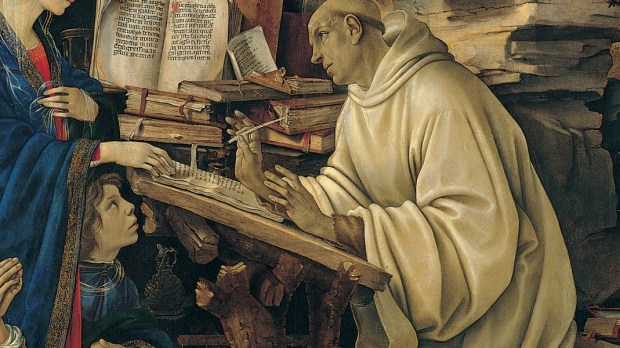The Memorare (“Remember, O most gracious Virgin Mary”) has become a staple prayer in the lives of many Catholics around the world and is often attributed to St. Bernard of Clairvaux.
Remember, O most gracious Virgin Mary, that never was it known that anyone who fled to thy protection, implored thy help, or sought thy intercession was left unaided. Inspired by this confidence, I fly unto thee, O Virgin of virgins, my Mother. To thee do I come, before thee I stand, sinful and sorrowful. O Mother of the Word Incarnate, despise not my petitions, but in thy mercy, hear and answer me. Amen.
However, it is also sometimes attributed to St. Augustine and St. John Chrysostom.
Who wrote the Memorare?
The exact authorship of the Memorare is difficult to pinpoint. Historians can trace the prayer to the 15th century, found within a much larger prayer to the Virgin Mary entitled Ad sanctitatis tuae pedes, dulcissima Virgo Maria (“At your holy feet, most sweet Virgin Mary”).
St. Bernard of Clairvaux lived in the 11th century and there does not exist any evidence from his writings that he wrote it, though he was an avid promoter of devotion to the Virgin Mary.
What’s interesting is that a differentBernard promoted the prayer in the 17th century. His name was Fr. Claude Bernard, a French priest who has never been canonized. He taught it to those in hospitals and prisons, witnessing many miracles that occurred through the intercession of the Virgin Mary.
Later, some confused Fr. Bernard with St. Bernard and began printing the Memorare with the authorship of “St. Bernard.”
While it’s not certain who wrote the Memorare, it still remains a popular prayer among Catholics and has been proven to be an instrument of many miracles.

